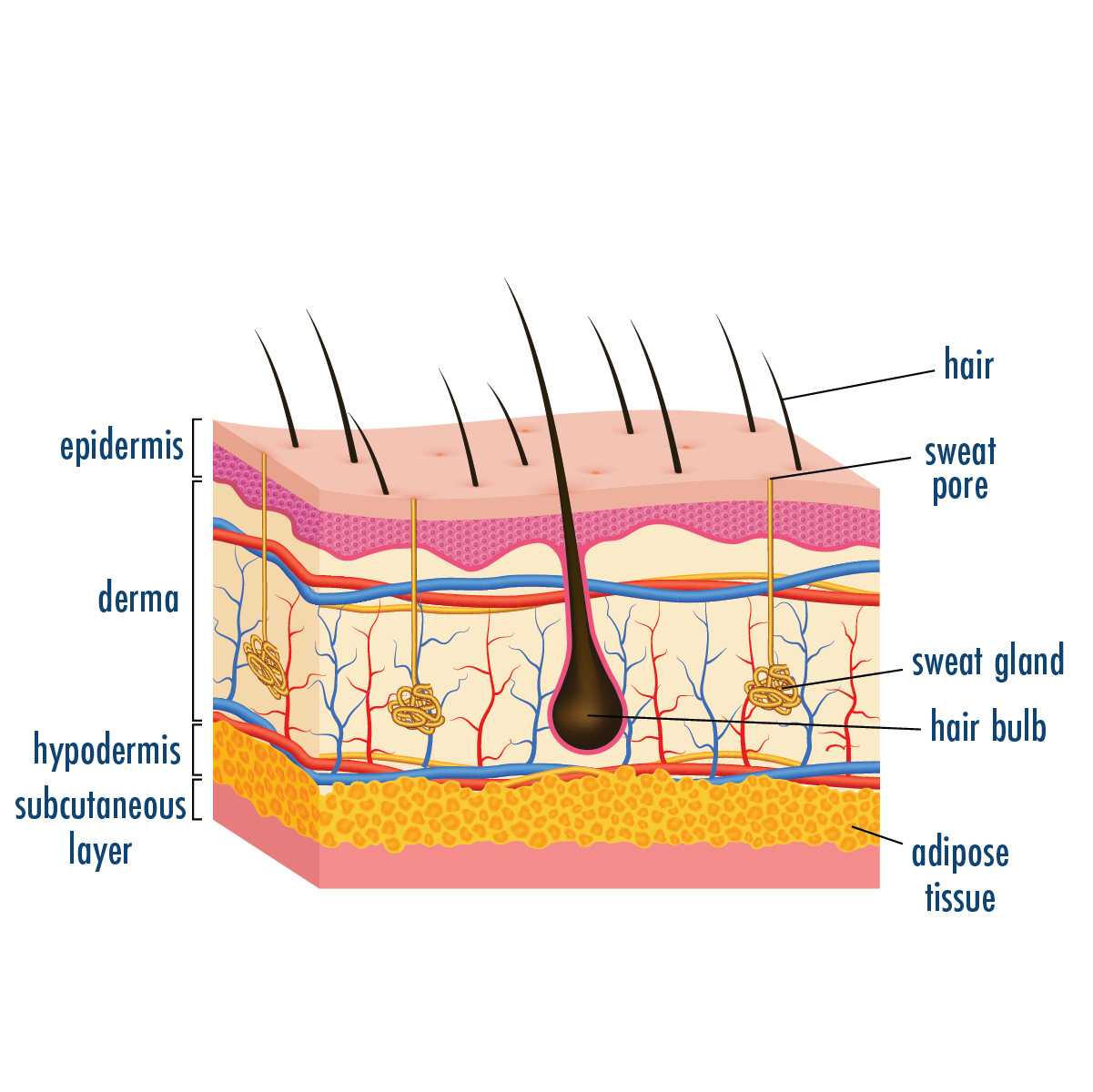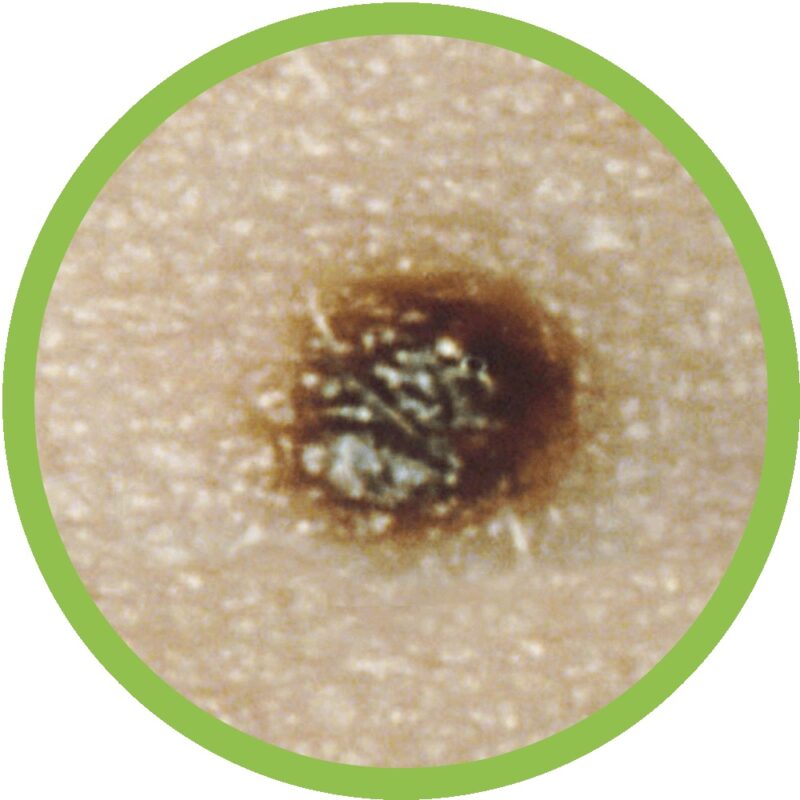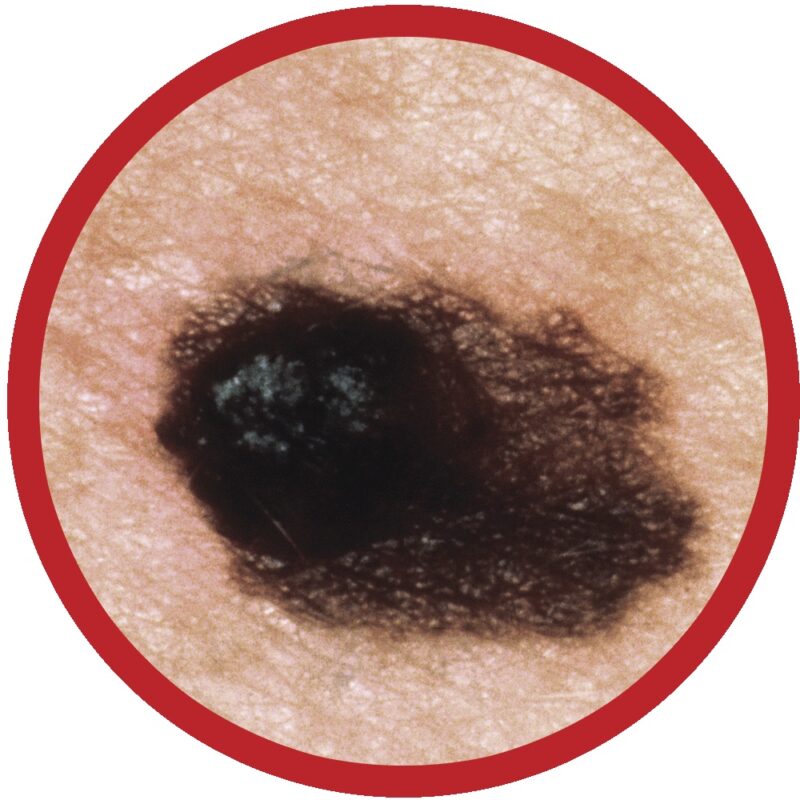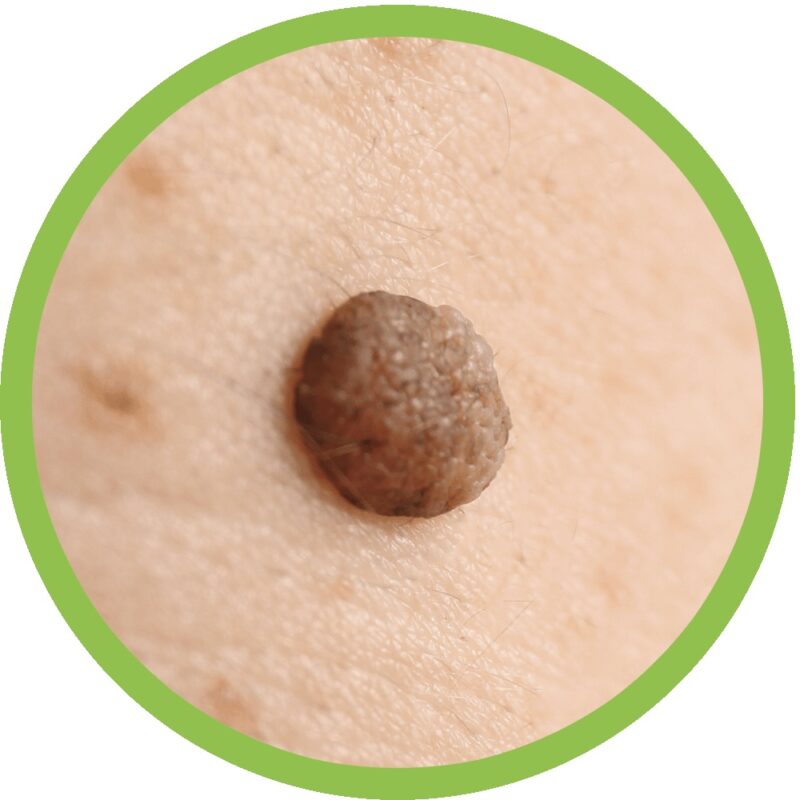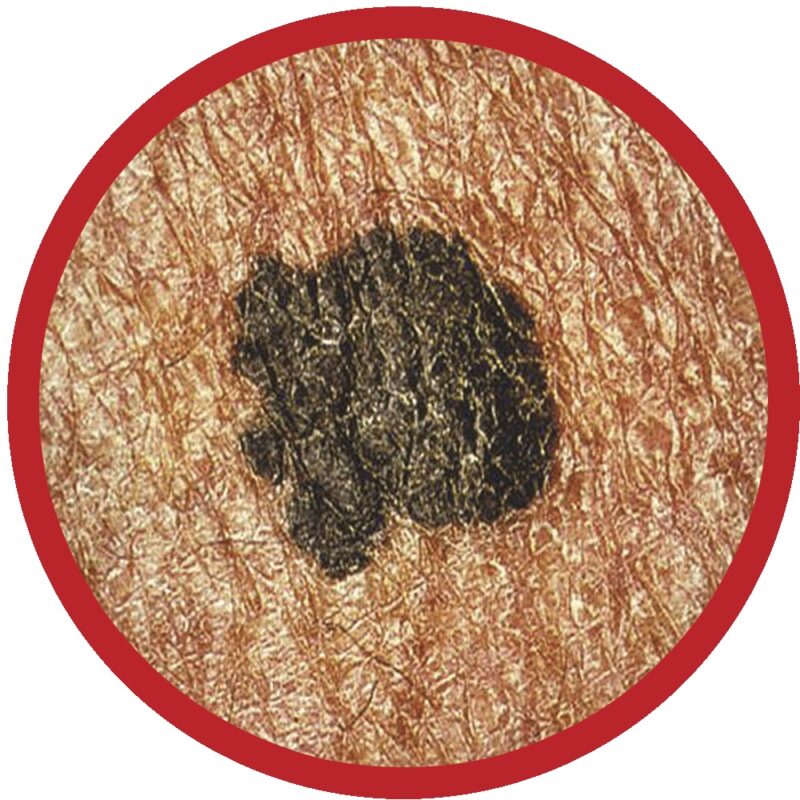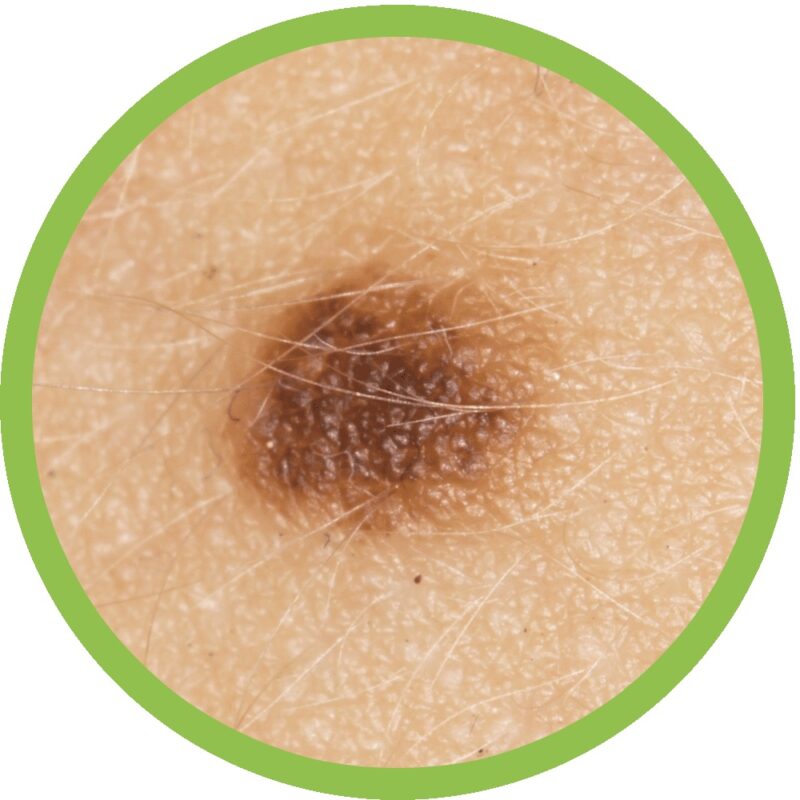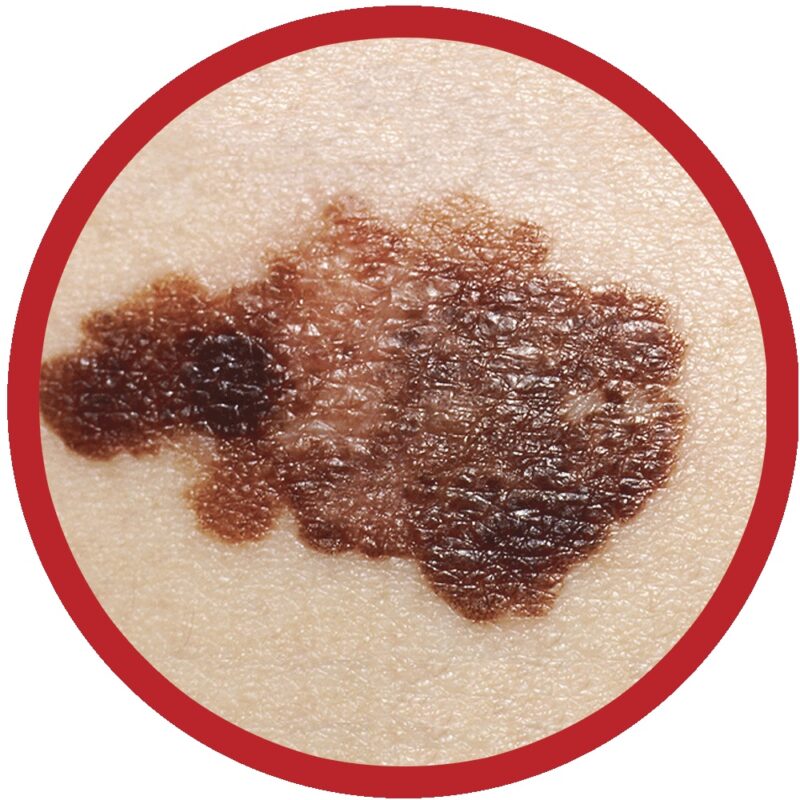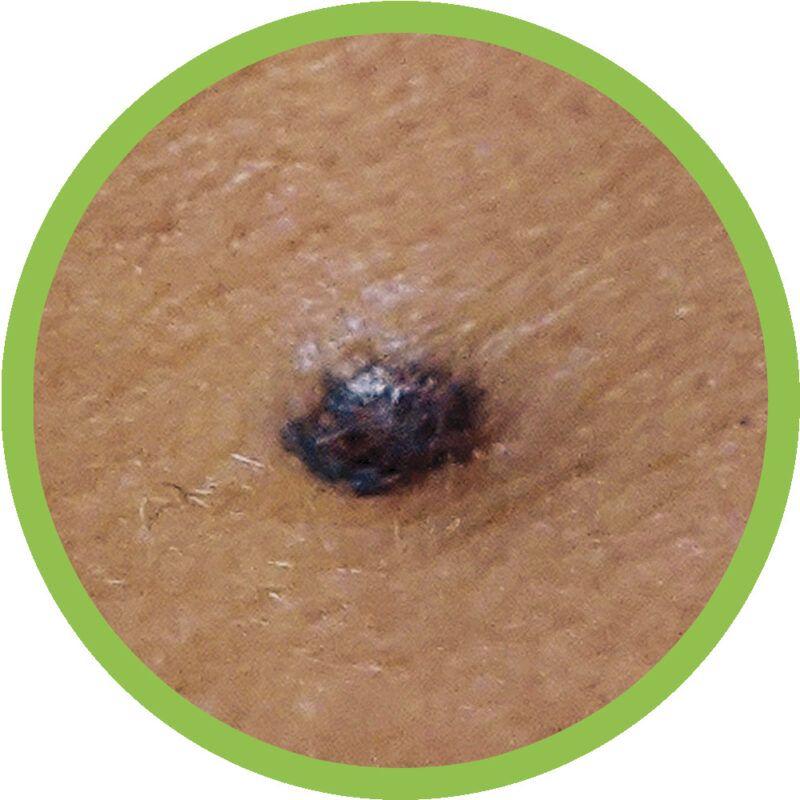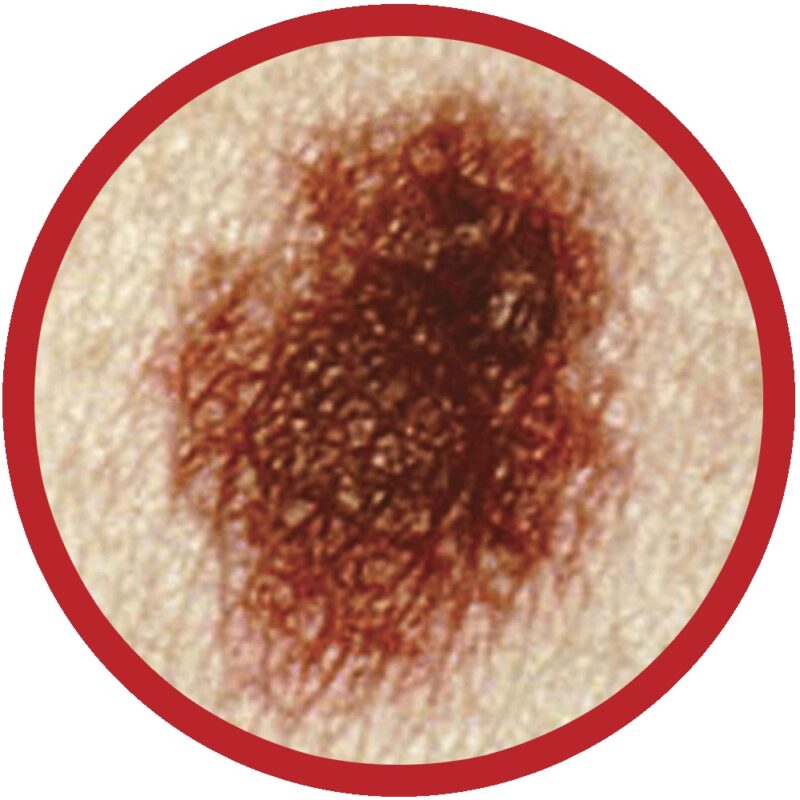Skin Cancer
Skin cancer is the most common cancer diagnosis in the U.S. and is one of most preventable cancers. Most skin cancers are caused by damage from the sun’s ultraviolet (UV) radiation. Melanoma is the most dangerous type of skin cancer.
It is estimated that more than 3.3 million people in the U.S. are diagnosed with non-melanoma skin cancer—either basal cell or squamous cell carcinoma—each year. (melanoma or non-melanoma) after age 50.
Anyone, regardless of skin color, may develop skin cancer. The risk of skin cancer increases as you get older.
Many people have questions about the importance of sun exposure for vitamin D. Some experts say it is better to get your vitamin D from food or supplements rather than from sunlight. Talk to your health care provider about vitamin D and your health.
